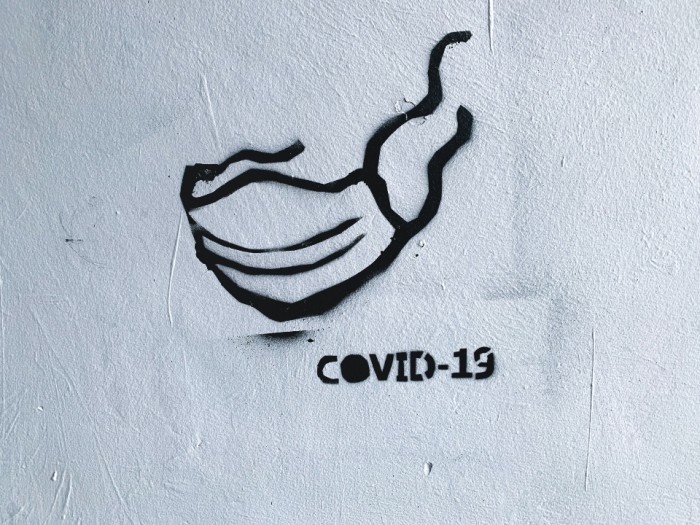Deadline: 31 de diciembre de 2020
Editors: Ineta Kivle (University of Latvia, Riga), Dominika Czakon (Jagiellonian University in Kraków), Natalia Anna Michna (Jagiellonian University in Kraków).
The crisis situation related to the advent of the pandemic has directly affected the world of culture, as broadly understood. This sphere of human activity reacted quickly and effectively to changes taking place in the social space, adapting itself to the current situation. The contemporary development of technology enables various artistic activities to be undertaken and presented in an attractive form of communication, drawing the attention of a mass audience. Art emerging in this way retains the ability to stimulate and strengthen the experiences and emotions of the audience, affecting its group sensitivity. It turns out that the relationship between art and contemporary communication techniques and technologies is of great interactive and integrative significance in the social dimension, shaping the culture-forming aspect of “participatory society.” The syntopia of social activity being realized here enables the implementation of a sympathetic model of thinking and understanding the world. The synoptic attitude, as the active meeting of many subjects, leads to the reintegration of their individual identities and their expansion into a group dimension, thus including individuals in a community of subjects similarly isolated in the crumbling world with which they are familiar.
In the existing situation, we wish to invite you to a joint discussion on the topic of current changes in art, at the levels of both its creation and its reception. We believe that, due to new problems, traditional functions of art are subject to interesting transformations in terms of research. A good example, heretofore left on the margins of aesthetic and historical considerations, is the integrative function of art. We believe that, in the current situation, this function is experiencing a renaissance. The integrative possibilities of art are gaining new, primary importance today, as keys to the survival of local, national, and supranational communities. Thus we propose interdisciplinary and intersectional reflection on the status, functions, and transformations of art during the ongoing global epidemiological, ecological, and economic crisis.
We encourage Authors to seek original perspectives on art, aesthetics and pandemic time. We are interested in articles that address this topic in innovative ways, including both historical and theoretical approaches. We invite Authors from various research areas to submit articles related, but not limited, to the following questions and issues:
– interdisciplinary analysis of artistic forms developed in pandemic time;
– interdisciplinary analysis of the functions of art that are gaining significance during pandemic time;
– how aesthetic experience changes during pandemic time;
– the problem of traditional aesthetic and artistic values and categories in relation to art during pandemic time;
– the role of the artist in the face of global epidemiological, ecological, and economic problems;
– whether and how an active viewer of art during the period of pandemic becomes its creator/performer;
– characteristics of the problem of the integration of art with regard to: the object (of a work), the subject (creator and viewer), and scope of influence (the aesthetic experience);
– philosophical and aesthetical approach to artistic communication of “participatory society” in situations of emergency
– how new, “pandemic” (developed in pandemic time) artistic forms refer to old tribal forms of expression related to creating a community of perception, experience, and taming of the world;
– psychogenic, sociogenic, and culture-forming aspects of “pandemic” art; how the virtual reality in which art is created and presented affects the artistic and aesthetic message.
We accept submissions in English only.
Más información en: /-/journal_content/56_INSTANCE_QVPUmCgE7dXG/138618288/145382258

